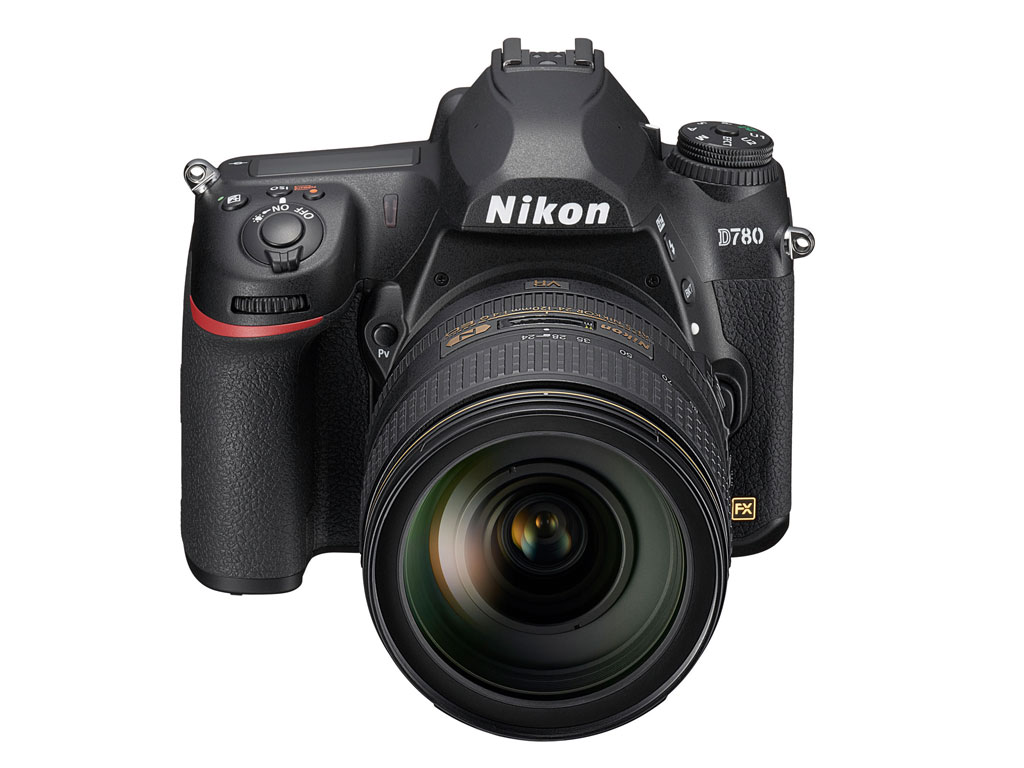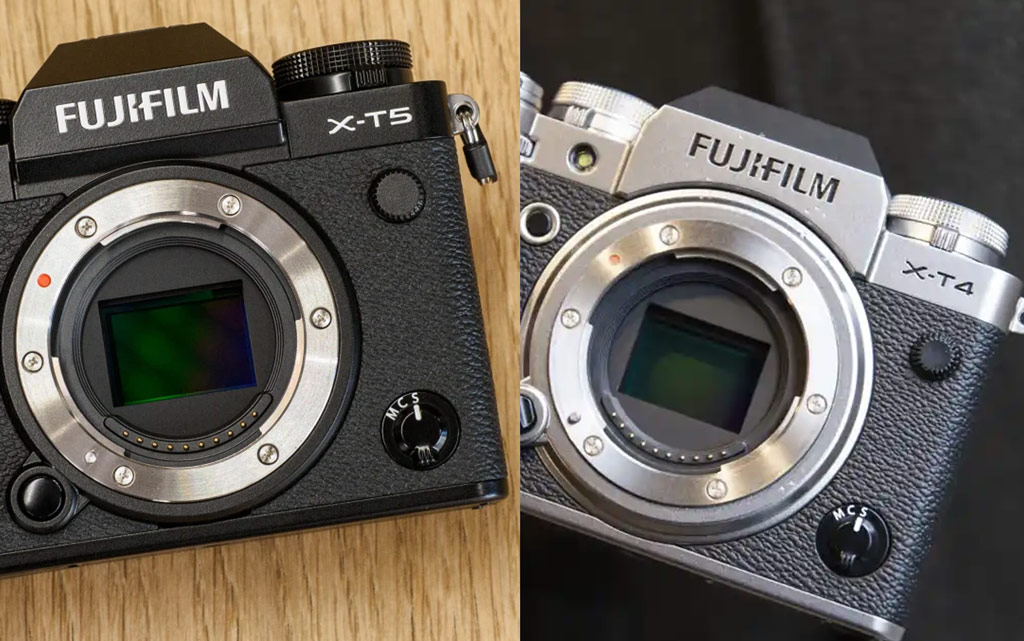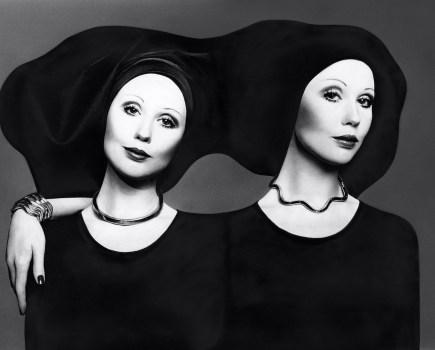This is the time of year when ‘gearhead’ photographers are looking at the news feeds for new camera and lens announcements. The comments that I’ve seen so far bemoan the scarcity of them, while forum pages and rumour sites abound with hypothetical new models and specification lists. It’s usually quite easy to spot when such a list is speculative, because the method of reaching each specification depends on one of two methods.
The first is simply to go item by item, extrapolating a little the specification of the camera that will supposedly be replaced by the new camera. The second is to take two models in the range and produce a specification halfway between them.
Neither of these things is likely to be accurate, because the development of new camera models doesn’t work like that. Digital cameras have upwards of 100 major components, if you treat assemblies such as the shutter mechanism as a single part. It’s very rare that a new model will have no similarities with the previous similar model.
Why are new camera models so similar to old ones?
Each camera part takes time, effort, and investment to develop. If no parts are carried over, the overall cost of development of new models would be prohibitive. Instead, ground-up redesigns happen very rarely, with the majority of parts being carried through from each model to its replacement. Looking at the various manufacturers’ model ranges it’s clear that they work in what I’d call ‘platforms’, a term borrowed from the automotive industry.
What is a platform?
A ‘platform’ is a set of parts that fits and works together to make a complete camera. Over time they evolve, as new models result in a redesign of different components. Sometimes the cameras in a series can look quite different because they have distinctive body shells, but peer beneath and the resemblance is obvious.
So, if trying to speculate what a new model might be like, it’s best to start with a manufacturer’s existing platforms and see what might be done with those. The parts that change quite frequently are the electronics, because the development effort in a new printed circuit board is relatively small – and things like new image processor chips will be used to update across every platform.
The Nikon range as an example of a long-lasting platform

Nikon D780
The lifespan of an individual platform might be quite extended. The Nikon D7000 platform, introduced in 2010 continued until the still-available Nikon D7500, and branched into a full-frame version, which is still current in the Nikon D780. This means the camera platform has lasted for 13 years.
The reason that the rate of model releases has slowed is down to two main factors. Firstly, the size of the specialist camera market has contracted. New developments need to be paid for with sales, and if sales volume is down, then economics dictate that there must be fewer new developments. In addition to that, two of the major manufacturers have been making a transition from DSLR to mirrorless cameras. That has meant that they have each had to develop not just a single completely new platform, but several, within a few years.
The combined effect of these two factors is that we should expect new releases to slow. When each new gear show comes and goes without major new releases, we should reflect on the positive note – that the manufacturers are still there, with stands filled with equipment.
About Professor Bob Newman
Bob Newman is currently Professor of Computer Science at the University of Wolverhampton. He has been working with the design and development of high-technology equipment for 35 years and two of his products have won innovation awards. Bob is also a camera nut and a keen amateur photographer.
The views expressed in this column are not necessarily those of Amateur Photographer magazine or Kelsey Media Limited. If you have an opinion you’d like to share on this topic, or any other photography related subject, email: [email protected].
Related content:
More opinion:
- Are smaller pixels worse? Sensor technology myths explained
- Time’s up, the DSLR is already dead
- Is Photoshop Generative Fill good or bad for photographers?
Follow AP on Facebook, Twitter, Instagram, YouTube and TikTok.









